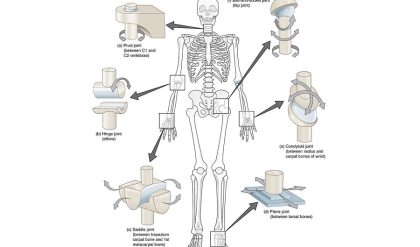We are often asked to explain why the airbags did or didn’t deploy in a particular collision. Many people have a misconception that airbags will or should “go off” if the vehicle was travelling faster than a certain speed. But travel speed is not a key factor for airbag deployment. Whether or not to deploy an airbag is an extremely complex decision that the vehicle’s “safety brain” has to make in less than a fraction of a second. This article explores some of the factors that go into that decision.
Most car-to-car collisions last for about 70 to 150 milliseconds.1,2 Even though that can be less than the duration of a human eye blink, a lot happens during that time. Crash Reconstructionists and Engineers often break down a crash into three distinct stages: initial contact when the vehicles touch, maximum engagement when the maximum deformation and intrusion occurs, separation as the vehicles depart from each other. After the third stage, the vehicles travel to their final rest positions.

Figure 1: Collision stages – 1) Initial Contact, 2) Maximum Engagement, and 3). Separation, followed by Final Rest. These video still frames come from the drone footage of one of our 2016 crash tests in which the 3 crash stages lasted 130 ms.
The airbag deployment decision has to be made well before maximum engagement occurs. This is because as plastic and metal are getting broken and crushed, occupants inside will move towards the area of impact and the appropriate airbags need to fully deploy before occupants strike any portion of the vehicle interior or reach the limit of the seat belt slack. Also, to avoid an airbag-induced injury, the airbag must be fully inflated before the occupant moves too close to it. The air bag itself also takes some time to fully deploy. So, generally, the deployment decision is made in only 15 to 50 ms for frontal collisions. That is less than one-third of the entire crash duration, and it is remarkably quick!



